After months of winter gloom, it’s time to break out the hand trowels, vinyl tarp, and watering can for some quintessential spring gardening. But before you dive headfirst into the world of flowers and shrubbery, there are few things you need to take care of regarding your garden. Helping its return to greatness after the idle months of winter will be easy after you tackle these to-do’s.
Time of the Season
Doing prior research can make a massive difference in the health and well-being of your spring garden. You’ll find that spring can be divided into three phases: early, mid, and late season. Before breaking ground for your garden and breaking out the table covers and hanging chair cover, it’s important to consider how each of these three phases will impact the growth of your blooms.
The first phase of spring is beset by leftover winter weather, and while at work you should still have protective garden furniture covers on standby while you sow the seeds of spring. The mid-season brings both rain and shine, which is especially conducive to the growth of flowers. And finally, late spring is the time to maintain upkeep of your garden and enjoy the fruits of your labor.
Old School
An essential first step for bringing a new garden to life is to do away with the old. Remove old perennials and clear the future bed of any invasive weeds. The result should be a bed that’s uninhibited and ready to foster new life come springtime.
Switching up your seeds is another simple way to usher out the old and welcome in the new. Instead of re-planting last spring’s blooms, consider keeping things fresh and utilize a different floral color scheme for your updated garden. You can even try and coordinate them to match your outdoor table cover.
New Sensation

New garden beds are a simple construction project that can be achieved with the help of wooden stakes, planks, and the old standby of a hammer and nails. If you’re planning on constructing a fresh planting site, it’s crucial that the structure is spacious enough for flowers to take root.
Raised garden beds keep weeds at bay, ensure that flowers retain water, and are quite simple to build. These garden structures consist of low wooden planks that surround your plants, framing flowers for a breathtaking presentation. Before constructing your bed, place a vinyl tarp on the designated spot for two weeks. After this period, any grass will have died, leaving you with a proper area with which to work.
The Power of the Flower
Certain flowers fare far better in the early weeks of spring than others. For your preliminary plantings, choose early blooming flowers such as daffodils, tulips, and snowdrops, which can withstand any early spring chills. While your table covers work to protect furniture from a cold snap, the aforementioned blooms will be able to hold their own.
Native species of flowers are the perfect low maintenance choice for backyard gardens, so it would benefit you to consult a gardening site to see which perennials are native to your particular region. Once the perfect florals have been chosen, plant your seeds in zig-zag rows to allow each bloom ample room to grow.
Dirt-y Work

As you sow your seeds, it’s crucial to test your bed’s soil composition. Nitrogen, potassium, and phosphorus are the three key elements of healthy soil. These elements can be added to soil via fertilizer and natural chemical solutions, thus balancing your soil for healthy plant life.
You can then apply mulch throughout your garden to supplement any extra space. This will provide even more nutrients to your flowers and provides the extra benefit of smothering any potential weeds before they can take hold.
Water Wellness

Flowers typically only require about 3 centimeters of water per week. For soils with a high irrigation rate, a centimeter of water every few days should be your rule of green thumb. The best time to water flowers is in the morning hours of 6-10 A.M., or in the evening after 7 P.M. Cooler weather reduces the risk of evaporation and helps flowers retain moisture, so be prepared to water more in warmer weeks.
Weed Whacker
One of the biggest annoyances for any gardener are invasive weeds. Thankfully, there’s plenty of measures you can take to keep them at bay all season long. Take gardening shears to the heads of existing weeds, being sure to make clean cuts at a diagonal angle. Once nipped, weeds can be pulled at their roots.
For more stubborn or substantial weeds, you may need to dig deep into the garden’s soil with a trowel or forked garden hoe to remove them at the root. If you notice invasive plants beginning to encroach on your flower garden next to the hanging chair cover, you can use a lawn mower or weed wacker to eliminate them before they reach the flower bed.


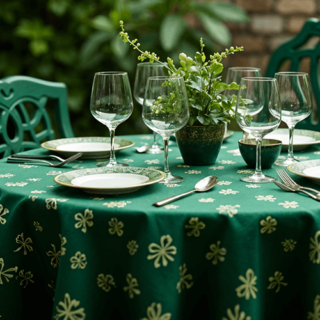



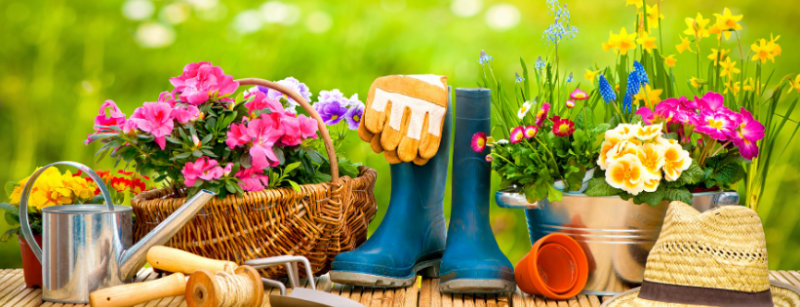


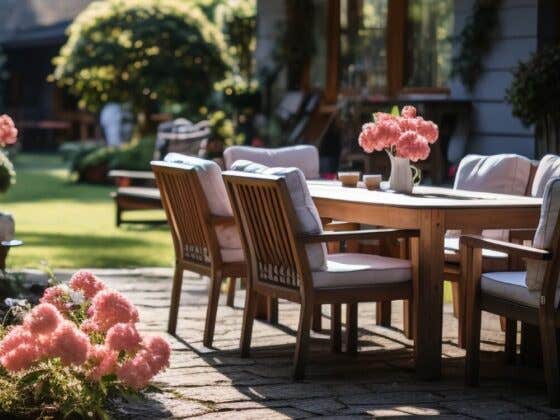

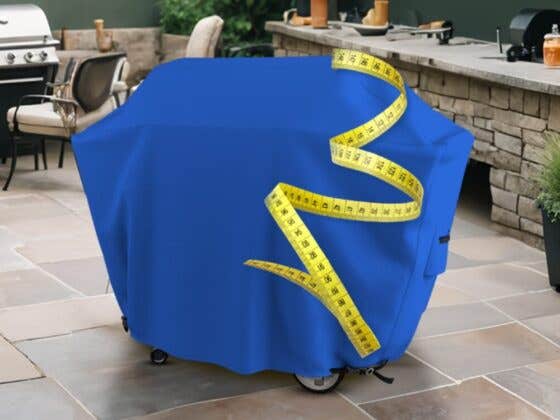


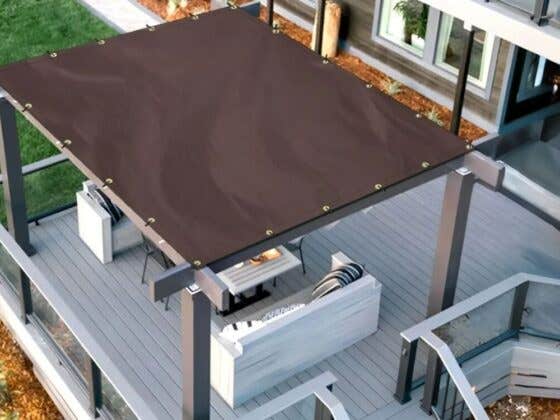

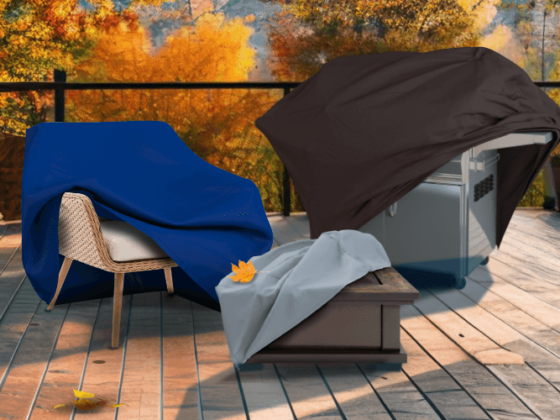
Recent Comments